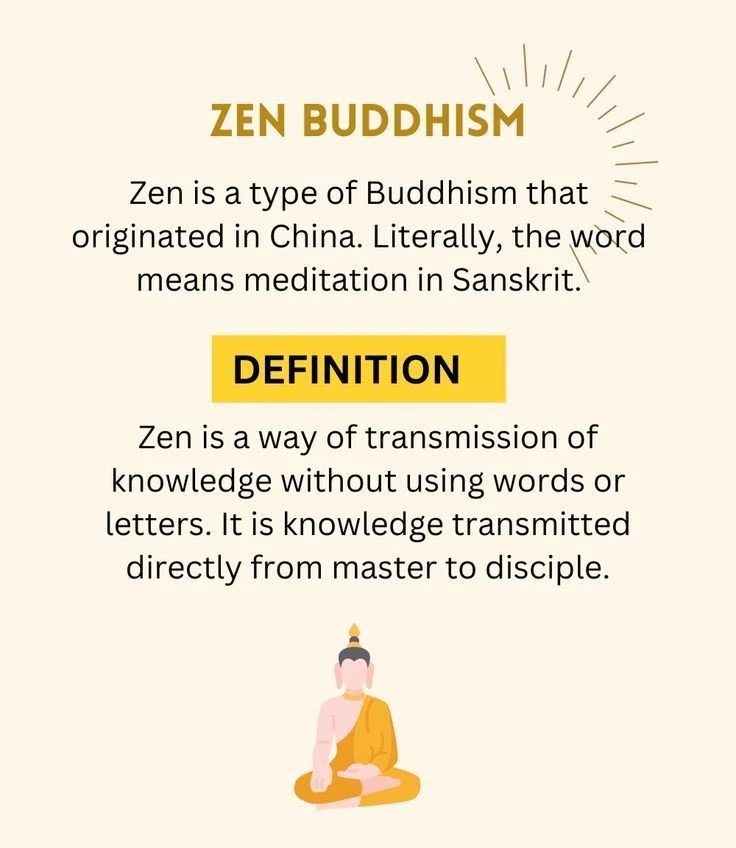From Austen’s long walks to Zen’s ‘kinhin’, explore how walking connects us to self, space, and stillness in a distracted modern world.
If you were reading an old literary English novel by Jane Austen, you may notice the importance of being in the open air, dirtying the bottom of your dress in that good countryside mud. Elizabeth Bennet, from Austen’s Pride and Prejudice, yearned for the fresh air, loved the way it flushed her cheeks, despite the inelegance and perceived impropriety of a lady taking a long walk.
Inside, even women and men took delightfully phrased ‘turns about the room’, where they would quite literally walk around a drawing room exchanging polite conversation. The practice of walking is something fundamentally human. Pretty little hummingbirds can perch and rest, but they cannot walk or hop. For a human, to walk is to exist; it is to us as flying is to the little hummingbird.
Walking as a Spiritual and Cultural Practice

Humans have always embarked upon pilgrimages. Whether impassioned by religion, discovery, or spirituality, they have walked. The Camino de Santiago is a pilgrimage over 1000 years old. Starting in the French commune of Saint-Jean-de-Port, the Camino continues, along various routes, all the way to the north-west of Spain, finishing in Santiago de Compostela. Once, and still, an expression of religion, the Camino is also seen as a spiritual journey open to all.
Taking around 30 days to complete, the Camino de Santiago demonstrates the power of the philosophy of walking. Of course, your feet may bleed. Perhaps you bought shoes a size too small, forgot your rain clothes, and have no one to come with you. Still, as those before and after you have done and will continue to do, you will put one foot in front of the other and walk.

Unlike many things in our lives, walking is not about perfection; it is not even necessarily about getting from one place to another. For some, it is a form of leisure, of connection, and to others, a way of life.
Zen Buddhism: History and Philosophy
There exist a great many philosophies, most of which are unknown to the majority of people. Zen Buddhism is one of the exceptions. Perhaps we do not know the specifics or origins of the Zen philosophy, but we know that Zen is associated with a kind of meditation, a kind of tranquility.

In the Western world, Zen has even become somewhat of a verb and adjective. We are asked if we’re feeling ‘Zen’ today, or describe a room to have a kind of harmonious ‘Zen’ about it. As we run from the ceaseless expectations of the modern world, we run towards a sense of calm, a deeper but slower understanding of life.
Indian monk Bodhidharma is thought to have planted the roots of Zen when he brought it to China around the 5th century, going on to become a highly influential spiritual and religious movement. Time, as well as culture, shifts understandings and practices of religion and philosophies, and the Zen movement is no different.

Today, Western understanding and interpretation of the Zen philosophy is largely influenced by the Japanese interpretation, where Zen literally translates to meditation. In Japan, Zen is more of a spiritual philosophy than a strict religious process of worship or scriptural interpretation. The pillars of Zen, that dedication to simplicity, mindfulness, and living in the present, have transformed this ancient practice into a widely popular philosophical mindset and approach to life.
Kinhin: The Zen Practice of Walking Meditation
Walking, as in many philosophies, is an important part of Zen Buddhism. The practice of ‘kinhin’ is a form of Zen that focuses on a kind of walking meditation. Like the core of Zen itself, kinhin is most concerned with a connection to the present. Feel the relationship between your feet and the ground, the rise and fall of your chest as you inhale and exhale.

If your mind is full of wandering thoughts and loud voices, kinhin would tell you to stop, and slowly draw your attention back to those physical sensations, seeking deeper tranquility through recognition of the present moment. The mind is a muscle, and, like any muscle, it can be trained.
Our attention spans have been limited, wrung out, and left to dry by the greedy demands of social media and information overload, but all hope is not lost. According to psychological studies, meditation has a glowing résumé of benefits, including reducing the risk and severity of anxiety disorders and depression. Walking boasts similar advantages and can dramatically reduce the risk of depression. Learning how to quieten distractions by meditating, or following the Zen philosophy, may just be key in helping us slowly shift our mentalities.
Lessons from the Hummingbird: Patience in Practice

The beauty of Zen, of walking, of meditation, is that flawlessness is never demanded. Humans make errors, their minds wander, their feet bleed, and then, they learn. Simplicity and meditation sound deceptively straightforward, but they require time and patience. A hummingbird needs around 21 days of stretching their wings and practicing short flights before they can master flying, and even then, they will continue to develop and improve. Thus, with the fast-beating, determined hearts of a hummingbird, we can only put one foot in front of the other, and feel our feet on the earth as we remember that we are delightfully and irrefutably living in the present.
Join our community of 1.5M readers
Like this story? You'll love our free weekly magazine.








